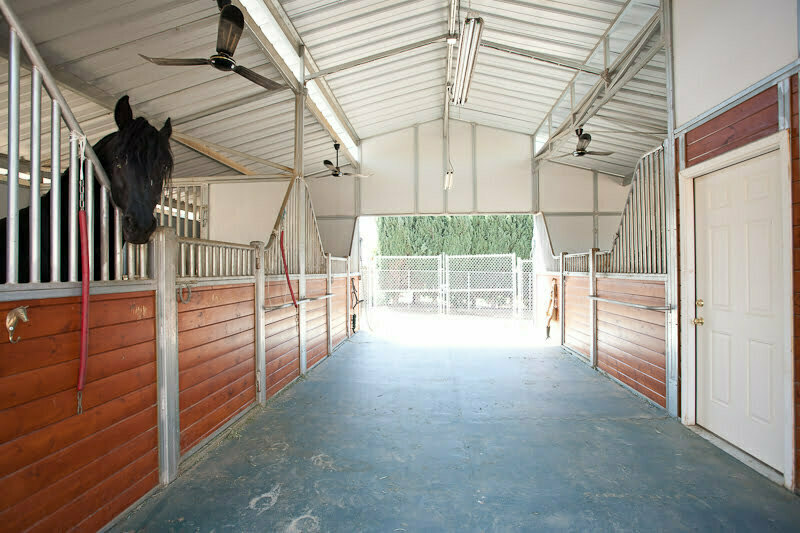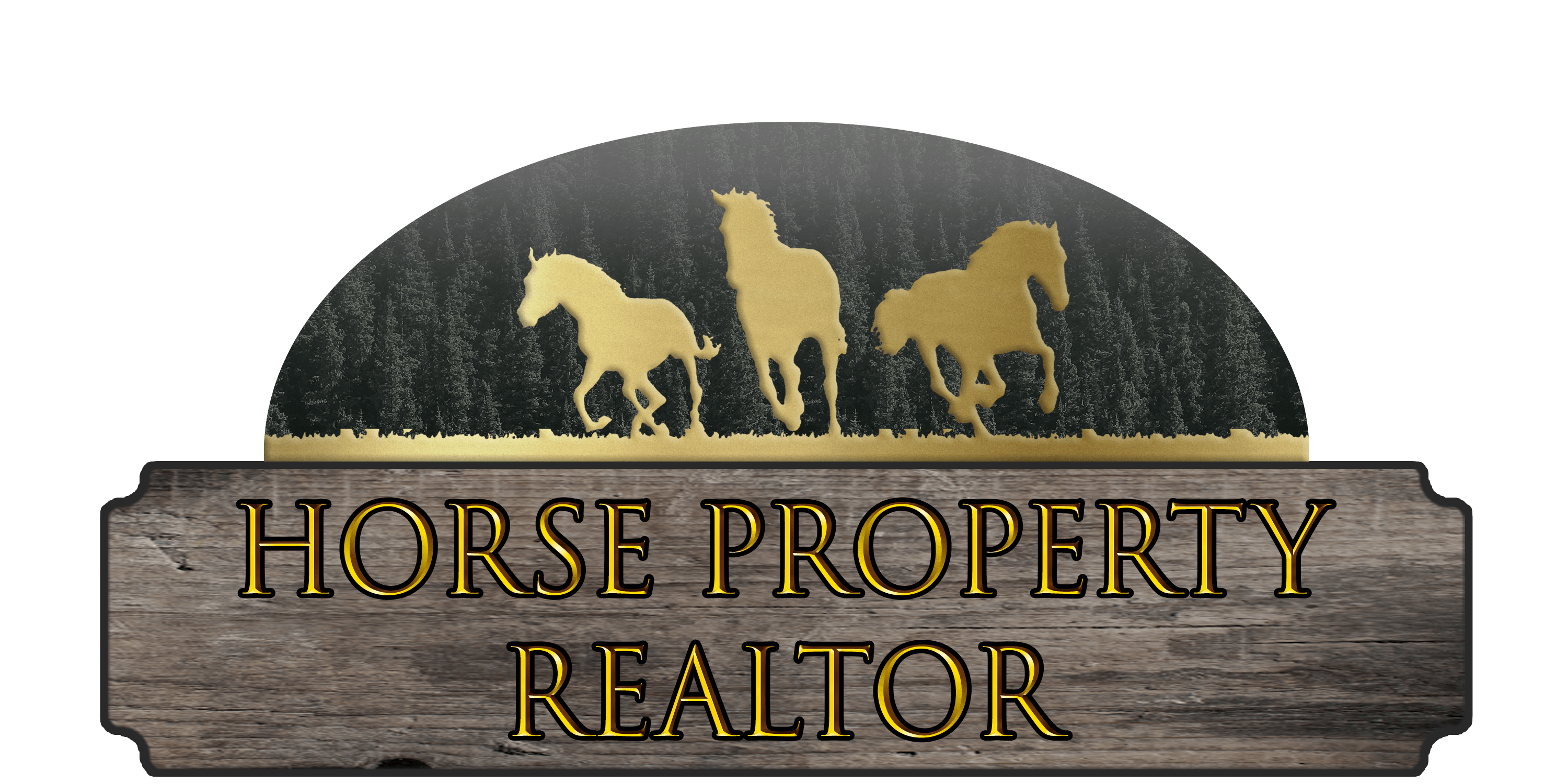Everything You Need to Know About Nebraska: The Horse Property State
Welcome to Nebraska, the Horse Property State! Nebraska is known for its rolling hills, vast open spaces, and its rich agricultural heritage, making it an ideal location to own horses. Whether you are looking for a peaceful retirement home with land to roam, or a place to build an equestrian business, Nebraska has something for everyone. In this blog post, we’ll take an in-depth look at life in Nebraska, including what it’s like to own horse property in the state and the various advantages and challenges of doing so. Read on to learn everything you need to know about Nebraska as the Horse Property State!
An Overview of Nebraska
Nestled in the center of the US, Nebraska is a vibrant state with plenty to offer. From its expansive prairies to its exciting urban areas, Nebraska is full of interesting history, diverse geography, and vibrant culture.
The state was once home to Native American tribes including the Omaha, Ponca, and Sioux, and today it boasts a population of nearly two million people. Nebraska’s location in the Midwest makes it an important hub for transportation, with four major interstate highways running through the state.
Nebraska is made up of 93 counties and is divided into two regions: eastern and western. Eastern Nebraska is mostly flat farmland, while western Nebraska is more hilly and rocky. There are also several major rivers running through the state, including the Platte, Elkhorn, and Niobrara Rivers.
The climate in Nebraska varies significantly depending on which region you’re in. Eastern Nebraska experiences colder winters, while western Nebraska is typically much warmer and drier.
Nebraska is home to several important industries such as agriculture, livestock, and manufacturing. The state also boasts a strong tourism industry, with many visitors coming to explore the natural beauty of Nebraska’s rolling hills, vast prairies, and majestic rivers.
When it comes to culture, Nebraska has something for everyone. The state is home to a variety of different festivals, cultural events, and unique attractions. No matter what your interests are, there’s sure to be something for you in this great state.
Did You Know?
Horses can’t breathe through their mouth!
Did you know that horses are obligate nasal breathers? That means they cannot breathe through their mouths like humans, only through their nose.
History
Nebraska has a rich and varied history that has shaped the state into what it is today. The first European settlers arrived in Nebraska in the late 18th century, bringing with them the fur trade and a new way of life. By the mid 19th century, the homesteaders began to arrive, transforming the area into an agricultural paradise. The 1860s saw the arrival of the transcontinental railroad, further connecting Nebraska to the rest of the world.
The 20th century brought many changes to Nebraska. The Great Depression caused hardships, but World War II brought an economic revival. The 1950s saw a surge in population growth, and soon Nebraska became an important agricultural center. The 1960s saw a dramatic change in politics and social issues, as Nebraska became increasingly progressive.
Today, Nebraska is known for its friendly people, open spaces, and its commitment to the environment. Despite its past struggles, Nebraska continues to remain a vibrant and welcoming place to live.
Geography
Nebraska is located in the Midwestern United States, bordered by South Dakota, Iowa, Missouri, Kansas, Wyoming and Colorado. It is the only triply landlocked state in the country. Nebraska has an area of 77,354 square miles and has three distinct regions. The eastern region is part of the great plains and is characterized by rolling hills, prairies and agricultural fields. The central region is characterized by sand hills and valleys, with rugged bluffs and canyons near the Niobrara River. The western region is hilly, dotted with small lakes and streams.
Nebraska has a population of just over 1.9 million people, making it the 38th most populous state in the country. Omaha is the largest city in the state, with a population of over 446,000 people. Lincoln is the capital of Nebraska, with a population of around 276,000 people. Other major cities include Bellevue, Grand Island, Kearney and Fremont.
The geography of Nebraska is varied and offers something for everyone. From rolling hills and prairies in the east to sand hills and canyons in the west, this state has something for everyone. Whether you are looking for a place to ride horses or simply a place to get away from it all, Nebraska has plenty to offer.
Climate
The climate of Nebraska is unique in that it has a wide range of temperatures throughout the year. Summers are generally hot and dry with occasional thunderstorms. Winter temperatures can reach below freezing at times and precipitation can vary from light snow to heavy snowfall. Average annual temperature in Nebraska is 49°F (9°C).
Nebraska receives an average of 24 inches (610 mm) of precipitation per year. Most of the precipitation falls during the spring and summer months, with the most occurring in May and June. Snowfall varies across the state, but most areas receive 10-15 inches (250-380 mm) per year.
When it comes to humidity, Nebraska is not overly humid and is generally comfortable most of the year. The driest months are usually from April to June, while July and August tend to be the most humid months.
Overall, Nebraska is a great place for horse owners who are looking for milder weather. Winters tend to be mild, but the summers can be hot. So if you’re looking for a comfortable environment for your horses, Nebraska may be just what you’re looking for.
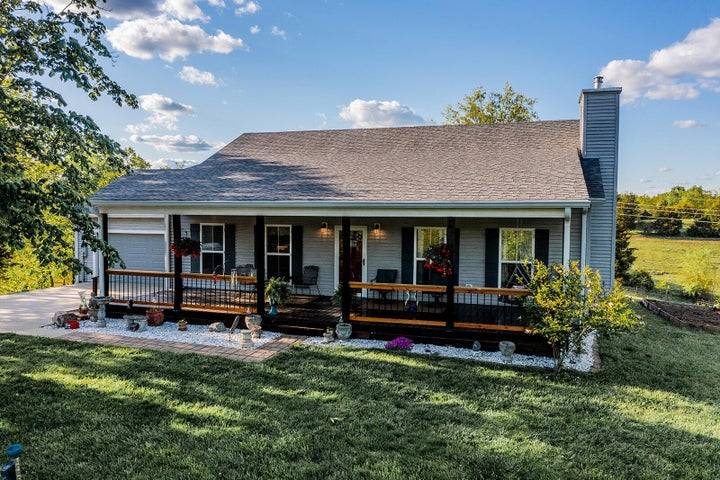
1261 Hickory Grove Rd, Lawrenceburg, KY 40342
1261 Hickory Grove Rd Lawrenceburg United States
1,548 ft² 3 Bedrooms 2 Baths 2 Garage $1,275,000
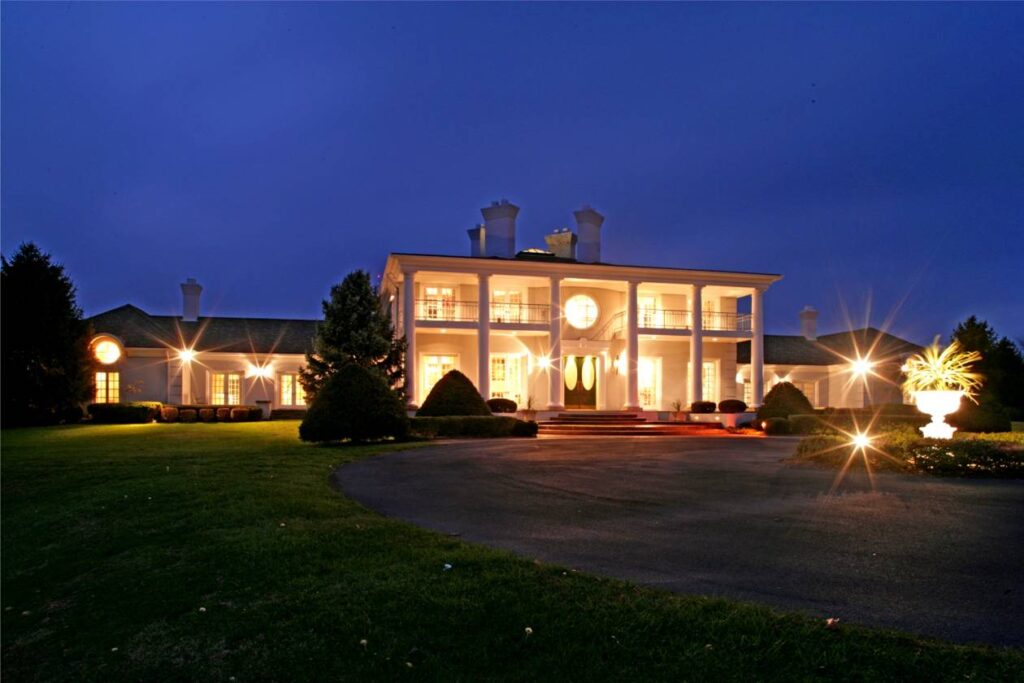
1700 Park Shore Rd, La Grange, Oldham County, Kentucky
1700 Park Shore Rd La Grange United States
12,930 ft² 6 Bedrooms 10 Baths 3 Garage $4,500,000

7514 Nolin Dam Rd, Mammoth Cave, Kentucky
7514 Nolin Dam Rd Mammoth Cave United States
9,490 ft² 5 Bedrooms 6 Baths 7 Garage $2,000,000
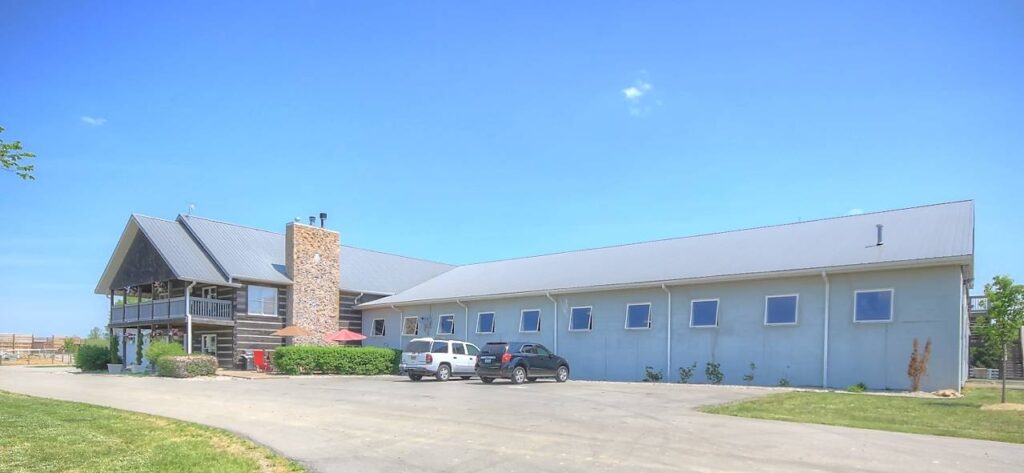
2325 Harrodsburg Rd, Lawrenceburg, KY 40342
2325 Harrodsburg Rd Lawrenceburg United States
2,300 ft² 1 Bedrooms 2 Baths 1 Garage $2,500,000
Economy
The economy of Nebraska is dominated by agriculture, which accounts for over one-quarter of the state’s GDP. The main crops produced in Nebraska are corn, soybeans, wheat, sorghum, and hay. Nebraska is the country’s second leading producer of beef, with nearly 10 billion pounds produced in 2018. Additionally, Nebraska has a robust manufacturing sector, with products ranging from tires and chemicals to food and machinery.
The energy industry is also a major player in Nebraska’s economy, with the state being one of the top ten producers of ethanol in the nation. The state also has a strong transportation and logistics industry, which is facilitated by its central location within the United States.
Tourism is another important component of the Nebraska economy. Visitors come to the state to experience its natural beauty and western lifestyle. The Cornhusker State boasts a vibrant art scene and plenty of outdoor activities, including hiking, fishing, hunting, and horseback riding. Nebraska also attracts tourists with its many historical sites and monuments, such as the Chimney Rock National Historic Site. In addition, there are plenty of cultural events and festivals that occur throughout the year.
Culture
Nebraska is a great state to experience a variety of cultural attractions. From its Native American heritage, to its early pioneer days and more modern attractions, Nebraska offers something for everyone.
Native Americans have been a large part of Nebraska’s history, and the state is home to several tribes including the Omaha, Ponca, and Pawnee. To experience the vibrant culture of these people, visitors can attend events like the annual Ponca Powwow and other cultural celebrations.
The early pioneers who traveled along the Oregon Trail had an undeniable influence on the state, and their legacy is evident in numerous attractions across the state. Visitors can explore forts like Fort Atkinson State Historical Park or visit historic sites like Chimney Rock National Historic Site.
The Sandhills region of Nebraska is a unique area full of outdoor activities, museums, and interesting attractions. The state also has numerous art galleries, theaters, and music venues that offer performances from world-renowned performers.
No matter what your interests are, there is something to enjoy in Nebraska. From its rich history to its vibrant arts and culture scene, Nebraska offers something for everyone.
Why Nebraska is the best state for horse property
Nebraska is well-known for its vast open spaces and rolling hills, making it an ideal place to own horses. From the sprawling ranches of the Sandhills in the northwest to the majestic bluffs of the Missouri River in the east, Nebraska is a great place to call home for any horse lover.
When it comes to owning horses, Nebraska offers some of the best options in the nation. With plenty of open land available and plenty of farms and stables to choose from, you can find the perfect spot for your horse. Additionally, Nebraska has a variety of climates, so regardless of where you live, your horse will be able to adjust to the temperature and climate.
The cost of owning a horse in Nebraska is also much lower than in other states. In addition to lower feed costs, hay is abundant and easy to find, making horse ownership more affordable.
Nebraska is also home to a number of prestigious horse shows and events that attract riders from all over the country. From local shows to the annual Husker Horse Show and Quarter Horse Congress, you can find a wide variety of shows to attend.
Finally, owning horses in Nebraska offers great peace of mind. The state is known for its safe and friendly environment, so you can feel confident knowing that your horse will be in a secure environment.
All in all, Nebraska is one of the best states for all kinds of equestrian real estate from horse farms to single pony homes. With plenty of space, affordable prices, and plenty of shows and events to attend, there’s no reason not to consider Nebraska for your next horse property. So, if you’re looking for a place to call home for your horse or just want to experience the beauty of the state, Nebraska might be just the place for you.
Featured Posts

La Cresta — Socal’s Hidden Horse Community

Norco – Horsetown USA
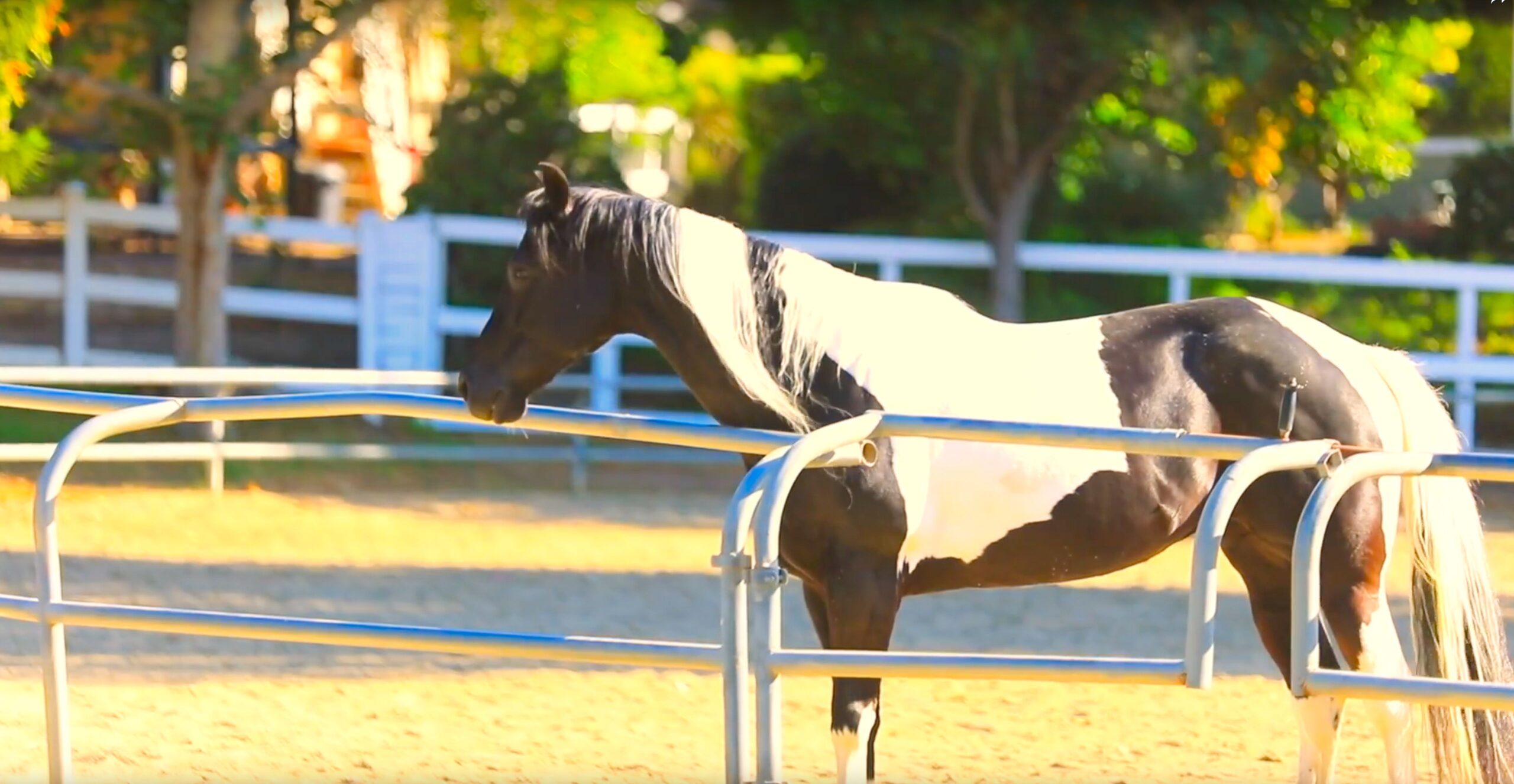
Orange Park Acres – North Orange County’s Equestrian Central
